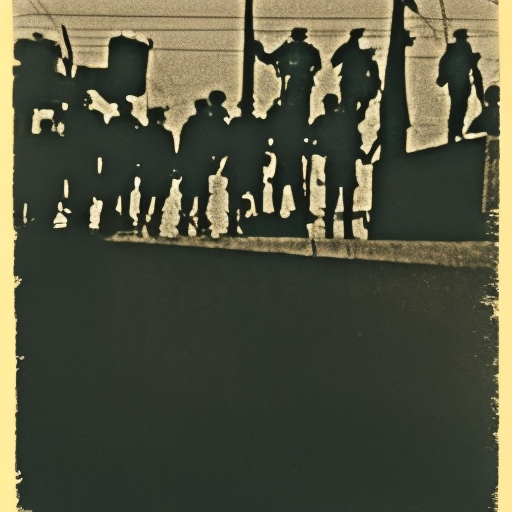Summary:
Operation Plunder was a major military operation conducted by the Allied forces during World War II. It took place in March 1945 and aimed to cross the Rhine River and establish a foothold on the eastern bank. The operation involved a massive assault by British, American, and Canadian troops, supported by an extensive array of armored vehicles, artillery, and aircraft. Despite facing significant resistance from German forces, the Allies successfully crossed the Rhine and advanced further into Germany, ultimately leading to the collapse of Nazi Germany.
The Context:
By early 1945, the Allies had made significant progress in their campaign against Nazi Germany. The Western Allies, led by the United States and the United Kingdom, had successfully liberated France and Belgium and were now preparing to cross the formidable Rhine River. The Rhine served as a natural barrier and a key defensive line for the Germans. Breaking through this line was crucial for the Allies to advance further into Germany and bring an end to the war.
The Plan:
Operation Plunder was part of a larger military strategy known as Operation Varsity. The objective of Operation Plunder was to create a bridgehead on the eastern bank of the Rhine, allowing the Allies to establish a secure crossing point for their troops and equipment. The operation involved a two-pronged assault, with British and Canadian forces attacking from the north and American forces attacking from the south.
The Assault:
On March 23, 1945, the assault on the Rhine began. The Allies launched a massive aerial bombardment to soften German defenses and create a diversion. Over 1,500 aircraft dropped bombs on German positions, while paratroopers were deployed to disrupt enemy communication and secure key objectives. The airborne assault was followed by a ground assault, with armored vehicles and infantry crossing the river using pontoon bridges and assault boats.
The Crossing:
Despite facing heavy resistance from German forces, the Allies managed to establish a bridgehead on the eastern bank of the Rhine. The British and Canadian forces faced particularly fierce opposition, with German troops launching counterattacks and employing artillery and tanks. However, the Allies were able to push through and secure their positions, allowing for the subsequent crossing of additional troops and equipment.
The Advance:
With a foothold on the eastern bank of the Rhine, the Allies continued their advance into Germany. They encountered pockets of resistance along the way, but the German defenses were significantly weakened. The Allies quickly gained momentum and pushed further into the heart of Germany. The success of Operation Plunder marked a turning point in the war, as it allowed the Allies to bypass the heavily fortified Siegfried Line and advance towards the German industrial heartland.
The Outcome:
Operation Plunder was a resounding success for the Allies. It enabled them to establish a bridgehead on the eastern bank of the Rhine and paved the way for the final defeat of Nazi Germany. The operation demonstrated the effectiveness of combined arms tactics, with infantry, armored vehicles, artillery, and air support working in coordination. The success of Operation Plunder also boosted Allied morale and further weakened German resistance. The operation was a crucial step towards the ultimate Allied victory in Europe.












